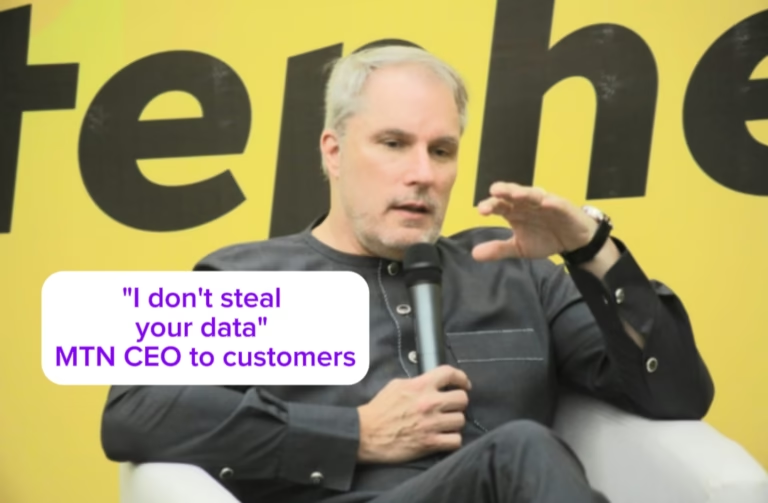Transforming Healthcare: The Role of 5G in Medical Advancements
The healthcare industry is on the brink of a technological revolution, thanks to the advent of 5G.
This next-generation wireless technology promises to enhance connectivity, improve patient outcomes, and streamline medical processes.
With its ultra-low latency, high-speed data transfer, and ability to support a vast number of connected devices. 5G is poised to transform various aspects of healthcare delivery and medical advancements. Let’s begin tackling the key features!
Enhancing Telemedicine and Remote Care
One of the most immediate and impactful applications of 5G in healthcare is in the realm of telemedicine.
Telemedicine allows healthcare providers to consult with patients remotely. Which has become increasingly important in the wake of the COVID-19 pandemic.
5G’s high-speed connectivity and low latency make real-time video consultations more reliable and effective.
- Real-Time Video Consultations: With 5G, doctors can conduct high-definition video consultations with patients. Helps provide accurate diagnoses and treatment plans without the need for in-person visits. This is especially beneficial for patients in remote or underserved areas.
- Remote Monitoring: Wearable devices and sensors can continuously monitor patients’ vital signs and transmit data to healthcare providers in real-time. This allows for timely interventions and continuous care for chronic conditions.
Advancing Robotic Surgery
Robotic surgery is another area where 5G technology is making significant strides. The precision and control required in robotic-assisted surgeries demand high-speed, low-latency networks, which 5G can provide.
- Increased Precision. Surgeons can perform complex procedures with greater precision, as 5G ensures that the robotic instruments respond instantaneously to their commands.
- Remote Surgery. The concept of telesurgery, where a surgeon operates on a patient from a remote location, becomes feasible with 5G. Surgeons can use robotic instruments to perform procedures on patients located hundreds. Even thousands of miles away, opening up new possibilities for medical care in remote regions.
Improving Emergency Response
5G technology can also revolutionize emergency response and disaster management by enabling real-time data sharing and communication between emergency medical teams.
- Enhanced Communication: Emergency responders can transmit high-definition video and real-time data from the scene to hospitals, allowing for better preparation and coordination.
- Augmented Reality (AR) Assistance: Paramedics can use AR glasses connected to 5G networks to receive real-time guidance from doctors while treating patients on the scene, improving the quality of care provided in critical situations.
Facilitating Medical Research and Data Analysis
The high-speed data transfer capabilities of 5G can accelerate medical research and data analysis by enabling the seamless sharing of large datasets and facilitating collaborative research efforts.
- Big Data and AI: 5G allows for the efficient transfer and analysis of large volumes of medical data, supporting the use of artificial intelligence (AI) in diagnosing diseases, predicting patient outcomes, and personalizing treatment plans.
- Collaborative Research: Researchers across the globe can collaborate more effectively by sharing data and findings in real-time, speeding up the development of new treatments and medical technologies.
Enabling Smart Hospitals
5G technology is set to transform hospitals into smart healthcare facilities where various systems and devices are interconnected to enhance patient care and operational efficiency.
- Connected Devices: From smart beds that monitor patients’ vital signs to automated medication dispensers, 5G enables the seamless operation of numerous connected devices within a hospital setting.
- Improved Patient Experience: Patients can benefit from personalized care and enhanced comfort through technologies such as telehealth kiosks, virtual reality (VR) for pain management, and interactive patient engagement systems.
Overcoming Challenges
While the potential benefits of 5G in healthcare are immense, there are challenges to overcome.
The deployment of 5G infrastructure requires significant investment and coordination.
Ensuring data security and patient privacy is also crucial, as the increased connectivity and data sharing could expose healthcare systems to cyber threats.
Conclusion
The integration of 5G technology into healthcare is set to bring about transformative changes, improving patient outcomes, enhancing the efficiency of medical processes, and enabling innovative treatments and procedures.
As 5G networks continue to expand, the healthcare industry must embrace this technology to unlock its full potential and revolutionize the way healthcare is delivered.
The future of healthcare, powered by 5G, promises a more connected, efficient, and patient-centric system that can adapt to the ever-evolving needs of society.
Thanks for visiting and see you next time!









